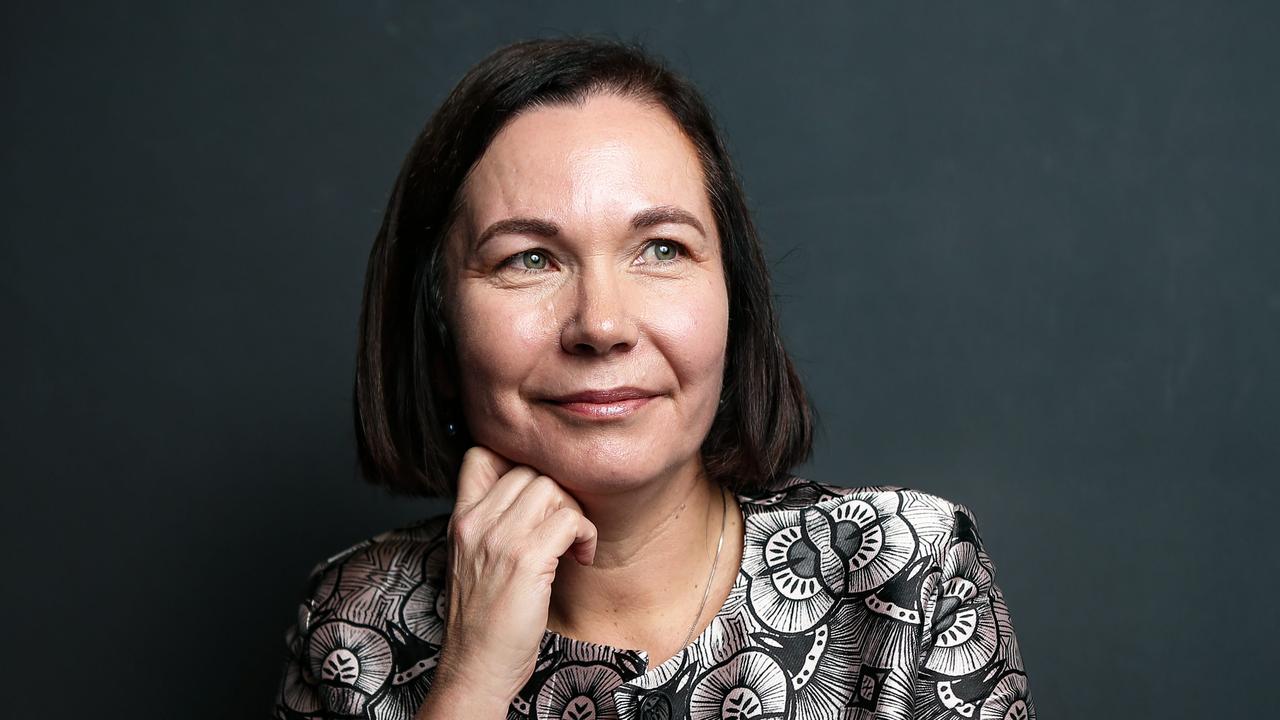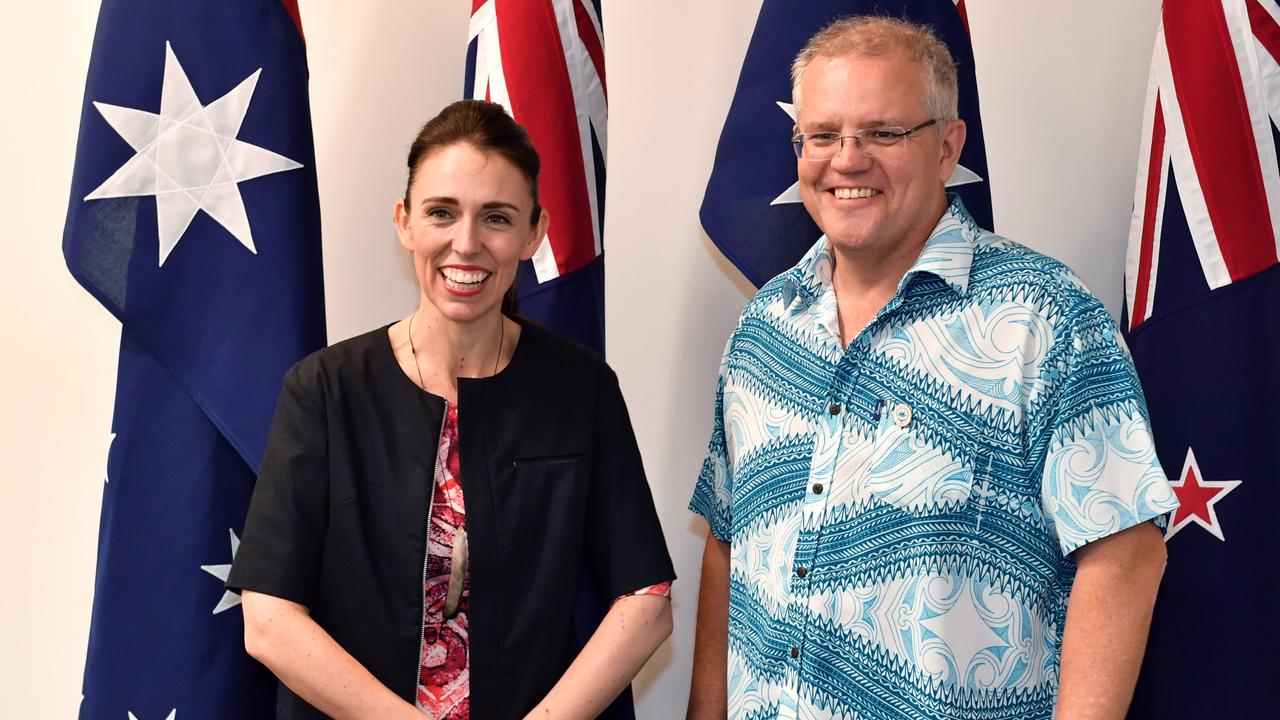Every decade or so the call goes out: disperse more immigrants to the regions. And every decade it remains just as silly. Seeking to quell concerns about high levels of immigration, the Morrison government is apparently mulling over a policy to require a certain proportion of immigrants to settle in the bush for five years.
Who is going to track and enforce such conditions? Consider a young immigrant family with a special regional visa that dutifully obeys and moves to Dubbo, having found a job. But it falls through after a few months and they move to Sydney to find work. Do federal police force them to go back?
It’s at that point the policy would lose credibility. It’s unlikely a minister would do anything about it. In a free country people should be able to seek employment where they want. Regional employers would even be reluctant to hire new immigrants if they thought they would sneak off to the big smoke.
The problem, supposedly, is too many migrants are moving to the state capitals, 1.98 million or about 86 per cent in the decade to 2016, according to government figures. Of the 112,000 skilled migrants who arrived last financial year, 87 per cent settled permanently in Sydney or Melbourne.
Yet surely this is normal. Any young Australian who emigrated would head to London, New York, Jakarta or Shanghai, for instance, just as any immigrant coming here would opt for our biggest cities. That’s where the jobs, opportunities — and, for single immigrants, potential partners — are.
In an interview with The Australian last week, Treasurer Josh Frydenberg volunteered Wagga Wagga as a possible destination for new immigrants. Yet that town’s unemployment rate is 5.7 per cent, higher than the national average, and far above the unemployment rate for NSW, which is 4.7 per cent.
Naturally, immigrants generate demand for goods and services, and that in turn creates employment, but high concentrations of them, especially those with different cultural backgrounds, could fray the social fabric. Let’s face it, Australia’s regional towns and cities are pretty small.
What’s so bad about people moving to Sydney and Melbourne anyway? As US economist Edward Glaeser famously wrote, cities have triumphed. They are hubs of competition, productivity and diversity regional areas can’t match. “They are fun,” the Harvard academic told me last year.
The internet and email were meant to underpin the decentralisation of work, yet more and more people are heading to cities. “It’s a much more relationship-intensive world, and the more complex the ideas and information flows, the more important it is to have the best possible mode of communicating, which is face-to-face,” Glaeser also said.
Even if the government managed to convince some immigrants to move to Dubbo or Karratha, their children are likely to head to the city as soon as they grow up. Agriculture and mining don’t need as many workers as they once did. For all our nostalgia for the bush and the farm, the economy is increasingly driven by city-based service jobs. The gravitational pull of cities has been growing for generations. In the late 19th century, Sydney and Melbourne made up a quarter and 40 per cent of NSW’s and Victoria’s populations, respectively. Today those two cities make up more than two-thirds of those states’ populations.
Governments have half-heartedly resisted the change. “Decentralisation of population has been the policy of most political parties since World War II. It has, so to speak, been everyone’s policy but no one’s program,” wrote one historian in 1965.
The Whitlam government in the 1970s pumped millions into building up Albury-Wodonga. But with fewer than 90,000 residents it’s come nowhere close to the 300,000 Whitlam envisaged. If Albury-Wodonga didn’t work, it’s hard to see what moving the Australian Pesticides and Veterinary Medicines Authority to Armidale, a legacy of former deputy prime minister Barnaby Joyce, will achieve.
Indeed, the federal government still has a curious and wasteful “zonal tax offset” to encourage regional settlement. If you live in Zone A, which includes Broome, Katherine and Mount Isa, you get $338 back. Zone B residents, who live in Townsville and Kalgoorlie, among other places, enjoy a $57 return — if they are even aware of it.
“Decentralisation is not the answer, not for migrants, not for anyone. It doesn’t work and won’t shift the needle,” says Paul Collits, a former academic at RMIT who’s analysed the history of decentralisation.
If Australia wants to be taken seriously, it should encourage the growth of Melbourne and Sydney. Important countries have big, thriving cities. France, Britain, Mexico and many others have economies dominated by one massive city. Talk of redirecting migrants until the “infrastructure catches up” in the cities is meaningless. It’s that very congestion and strain on infrastructure that creates the political pressure to build more and improve it.
If state governments were serious about developing the regions, they could move their parliaments and bureaucracies inland, as US states have done. But don’t hold your breath for politicians and top civil servants to do so.
Big coastal cities make sense in Australia, quite aside from being very nice places to live.




To join the conversation, please log in. Don't have an account? Register
Join the conversation, you are commenting as Logout